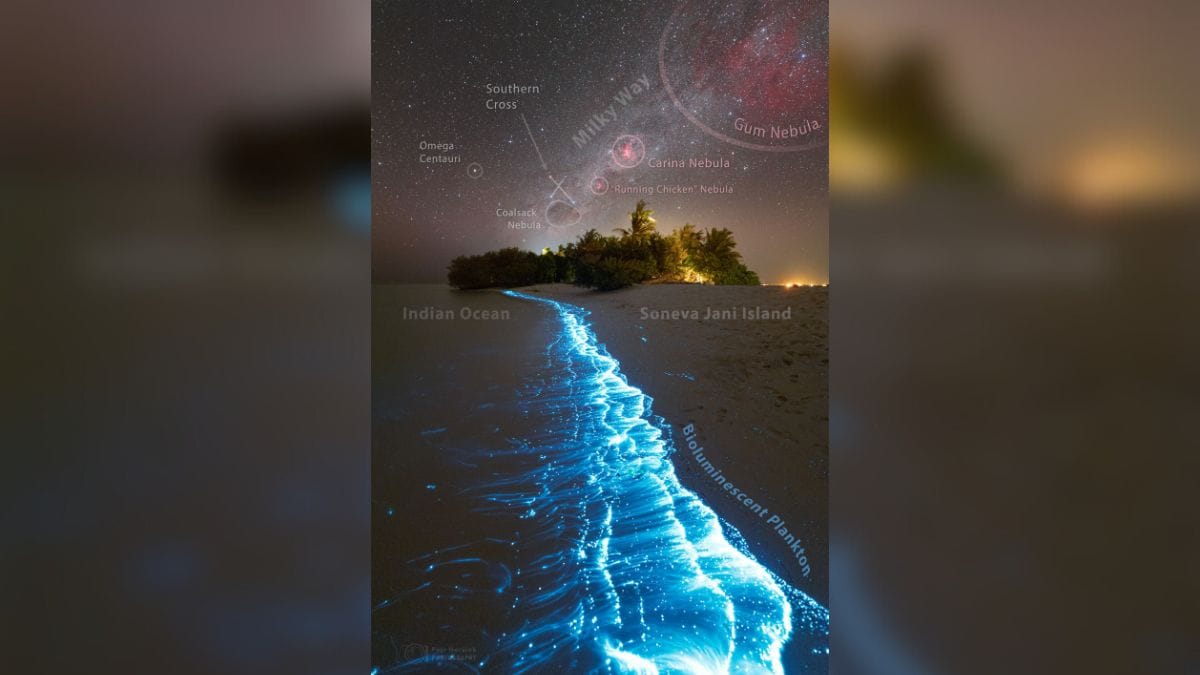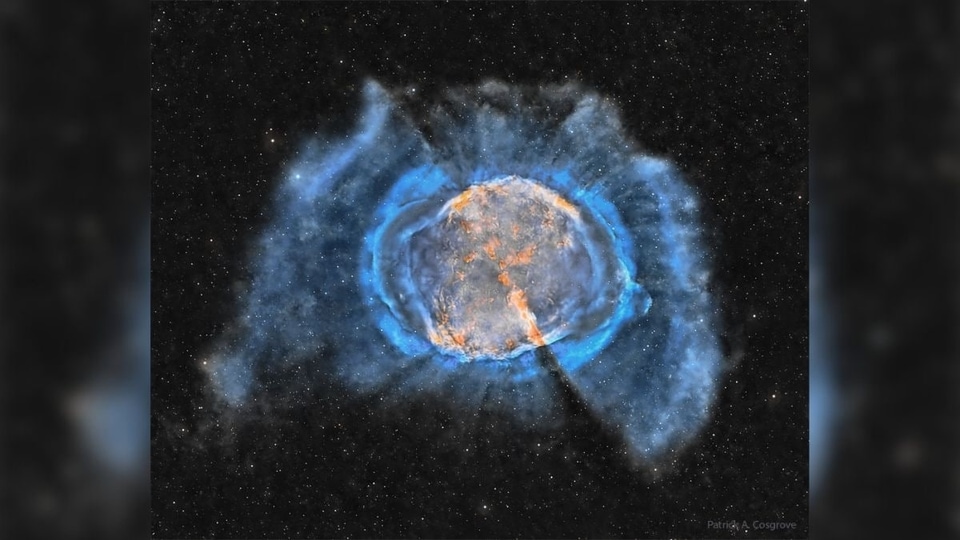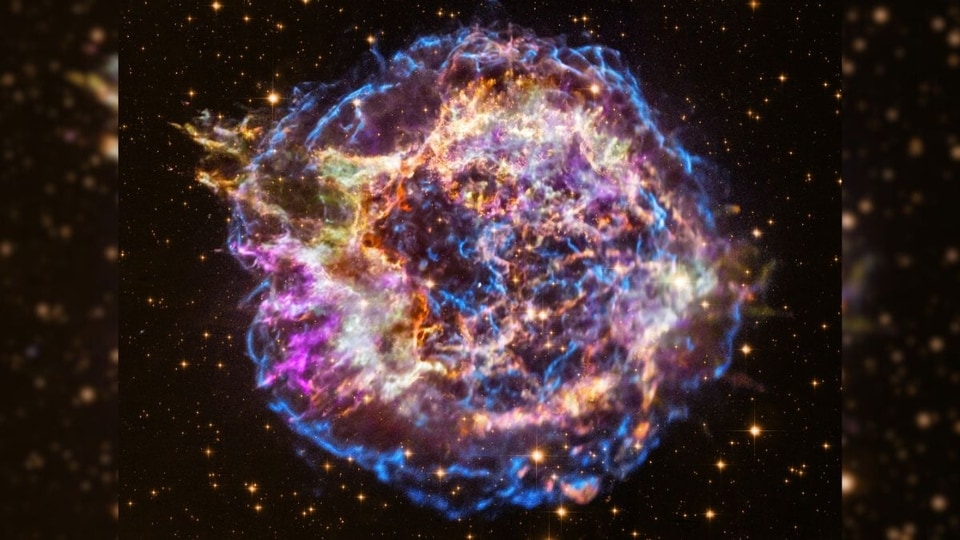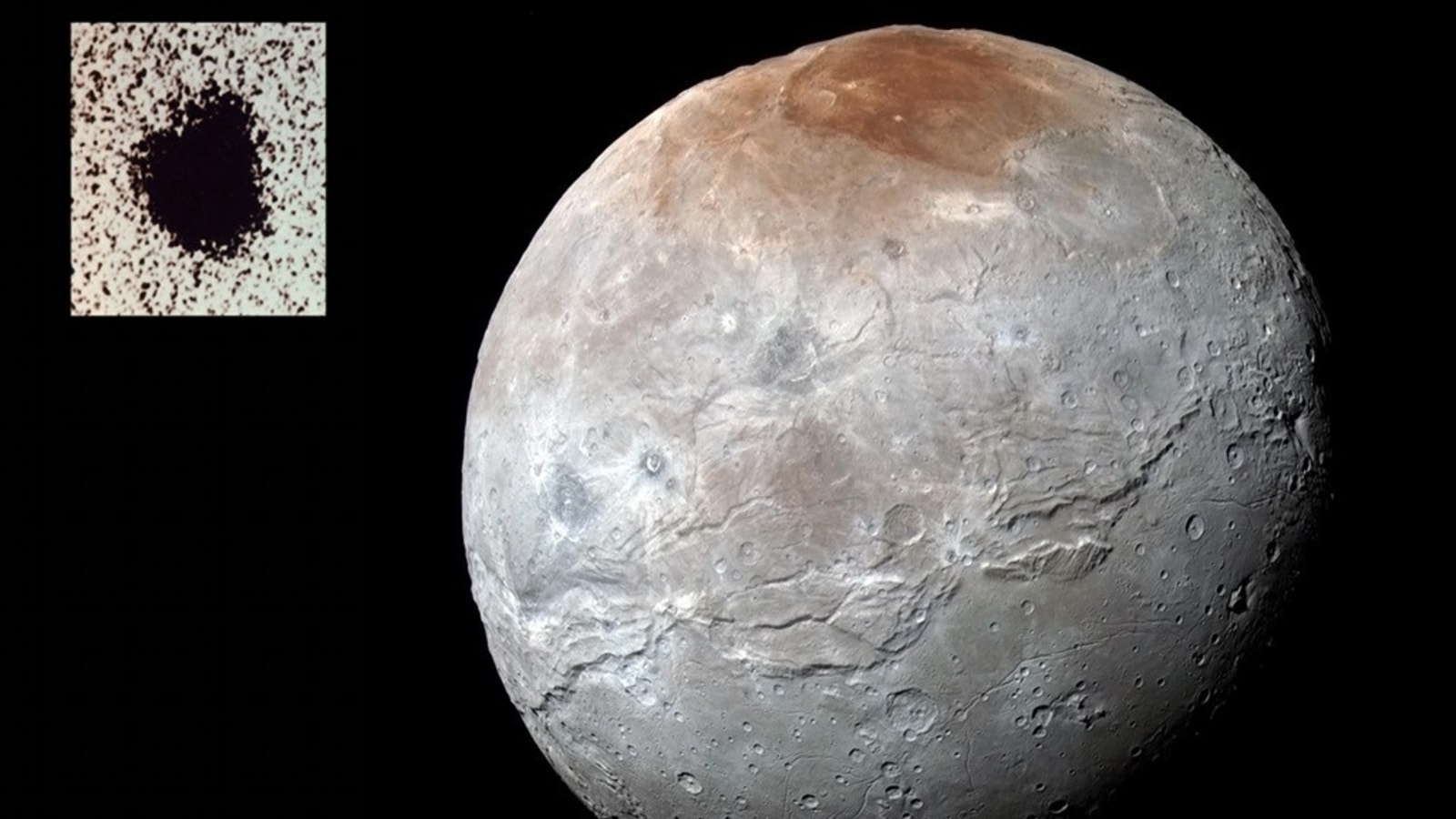NASA Astronomy Picture of the Day June 3, 2023: Portrait of Pluto's moon Charon
NASA Astronomy Picture of the Day June 3 brings a captivating view of Pluto's largest moon. Know what is special about it.






 View all Images
View all ImagesPluto's orbit is highly elliptical. And due to its relatively small size and a considerable distance from Earth, Pluto's characteristics and features have remained largely a secret until the New Horizons spacecraft conducted a flyby in July 2015. This mission provided crucial data about this distant world. Among the discoveries made during the New Horizons mission, it was found that Charon, one of Pluto's five moons, holds a significant role. Charon is not only the largest of Pluto's moons, but it is also the largest known satellite relative to its parent body in our entire solar system. In fact, Charon's diameter is roughly half that of Pluto itself.
Today's NASA Astronomy Picture of the Day is a portrait of Pluto's largest moon - Charon. In this high-resolution image, a captivating and enigmatic northern polar region, referred to by some as Mordor Macula, dominates the foreground. This mesmerizing portrait of Pluto's moon Charon was captured by the New Horizons spacecraft during its closest approach on July 14, 2015. Interestingly, this very same point was instrumental in the groundbreaking discovery of Charon by James Christy and Robert Harrington at the U.S. Naval Observatory in Flagstaff back in June 1978.
NASA's explanation about largest Moon of Pluto
While sharing the image, NASA explained that using a combination of blue, red, and infrared data, the collected information was processed to enhance colours and track changes in Charon's surface properties, providing a remarkable resolution of approximately 2.9 kilometres (1.8 miles). The resulting image showcases the interesting Pluto-facing hemisphere of Charon, revealing a prominent belt of fractures and canyons encircling the moon, seemingly separating smooth plains in the south from diverse terrain in the north.
Did you know? Measuring 1214 kilometres (754 miles) in diameter, Charon's size is about one-tenth that of planet Earth, NASA revealed. Despite its significant dimensions, in the grainy, negative, telescopic picture inset at the upper left, Charon appears as a small bump positioned roughly at the 1 o'clock position on Pluto's disk.
Catch all the Latest Tech News, Mobile News, Laptop News, Gaming news, Wearables News , How To News, also keep up with us on Whatsapp channel,Twitter, Facebook, Google News, and Instagram. For our latest videos, subscribe to our YouTube channel.


































